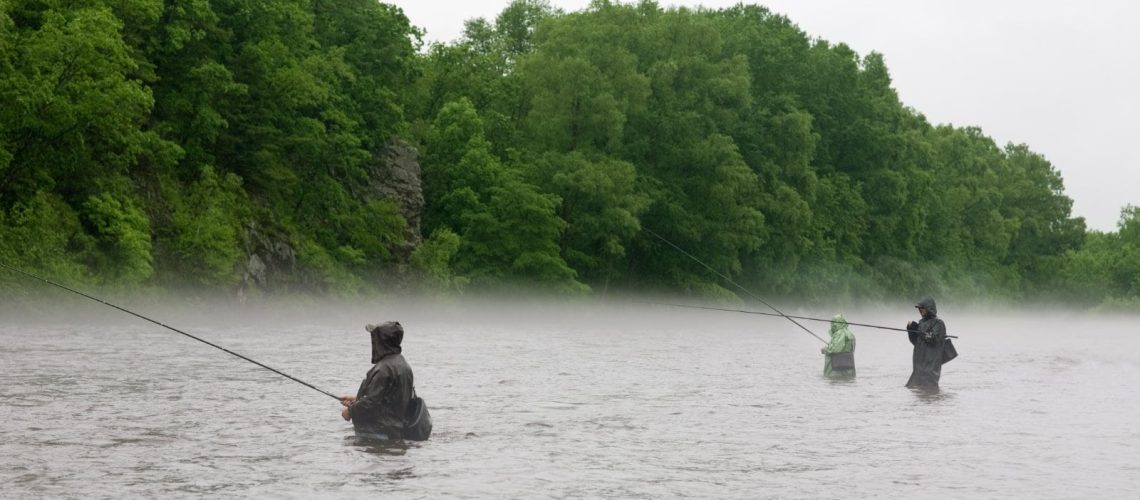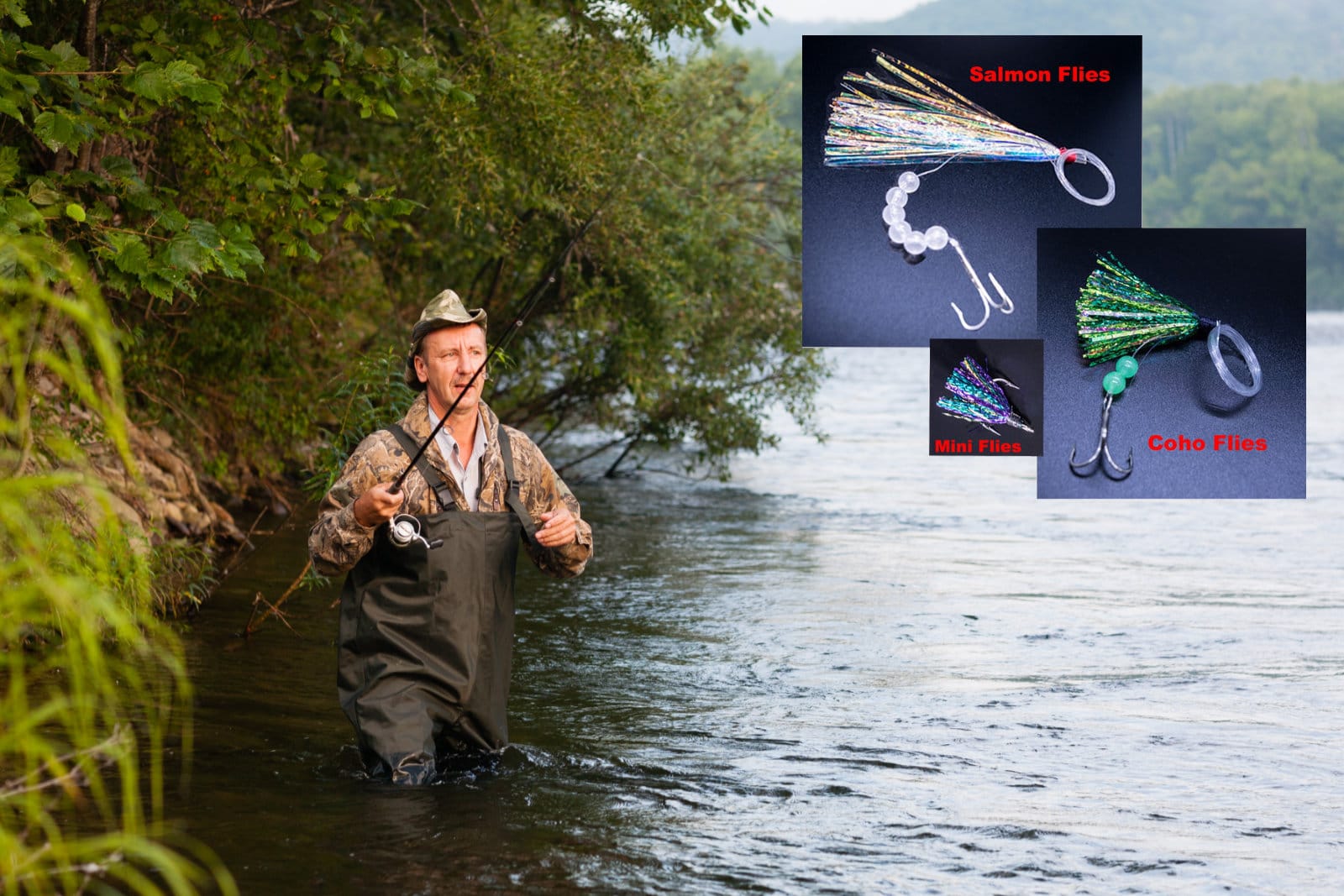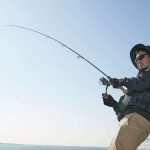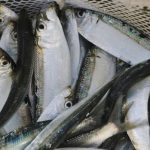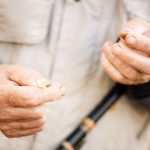If you’ve spent endless hours pursuing salmon and other types of fish, such as steelhead, then you do understand how difficult fly fishing can get. While fishing is generally meant to be a challenging sport, it shouldn’t be a painful process.
The good news is that there are ways to make all the time you spend fly fishing worthwhile. Keep reading to discover what you need to fly fish for salmon and other fish expertly.
The right gear, equipment, and flies
As a beginner, there’s a list of items you’ll need to have before you get started. These include the following:
- Fly rod and reel
- Boots
- Waders
- Selection of flies for the type of fish
- Sunglasses
- A hat
- Waterproof jacket
How do you select the flies?
Fly fishing is different from other types of fishing because it involves the fly. This is nothing like the typical bait; it does not propel the cast. Of course, it can swim or sink, but it cannot pull a fishing line.
While selecting your flies, you’ll need to understand the different types of fishing flies. Flies are generally annotated by size, and the bigger the number, the smaller the fly. Since salmon are larger fish, you’d want to use a larger fly such as a # 6.
If the water is deep, fast, colored, or fast-flowing, use a larger fly. Change to a smaller fly when fishing warmer, clear, shallow, or slow-moving. Of course, varying sizes can produce good results. However, to be safe, you need to allow your fly shop to assist you to zero in on the right pattern and size.
How do you select the fishing rod and reel?
While selecting your rod, you need to keep in mind where you want to fish and the kind of fish you’re after. In this case, you need to consider your rod’s weight and length during the selection process.
Firstly, a longer rod would work nicely if you’re looking to cast long distances in a place that doesn’t have too many obstacles. Definitely, if you’re targeting an area with many obstructions, a shorter rod would be more ideal.
Secondly, you need to note that rods usually start at weight 2 and go all the way up to 7. If you’re looking to catch larger fish, such as salmon, 7 would be a good weight. You can select a lower number if you’re targeting smaller fish.
Once your fishing gear is ready, the next thing you need to do is confirm that your flies match the type of fish you’re targeting.
How to fly fish for salmon
You can find Salmon on the Pacific and Atlantic coasts and rivers and tributaries flowing out of the Great Lakes. These fish usually run during each summer and fall out of the larger water bodies to the rivers to spawn. Many experienced fishermen have noted that salmon strike the flies because they’re typically territorial.
Fishing salmon requires you to do a lot of research when choosing the flies. To help you out, here’re some of the most popular flies that you can consider starting with.
- Trolling tinsel flies. You might argue that trolling isn’t flyfishing, but these “flies” are nevertheless a lot of fun and might just give you arm burn while out fishing for salmon. Like the name implies, these flies feature tinsel tails and are designed for trolling. They also feature a treble hook, leader, and colored beads. Hook them up to a dodger, dipsy diver, planer board, wire & lead core line to catch those trophy fish.
- Egg sucking leech. To use this fly effectively, tie the fly with a tinier split shot or bead heard and sinking line. The idea is to ensure the flies are hovering near the bottom so that you end up with something similar to a fish egg moving along the bottom.
- Glo bug. This is a simple fly that represents a fish egg pretty well. The good thing is that these flies come in many colors and trigger aggressive strikes from the fish. Just like the egg-sucking leech, attach a split shot to the fly to lower it in the water. Cast the fly upstream at an angle of 45 degrees, and allow it to get itself to the lower part of the water column.
How to fly fish for steelhead
Many people like steelhead fly fishing because the steelhead species grow upwards of 20 pounds – and because they’re quite aggressive as well. You can catch the fish in the Great Lakes rivers and along the United States coasts. These fish migrate to the ocean when they’re still small and return to the freshwater when they’re old enough to spawn.
Here’re some of the best flies you can use to fish the steelhead:
- Pink Egg. You’d be successful with steelhead fly fishing if you achieved the right egg patterns. Ideally, the yarn on the outside should match the substance that usually holds fish eggs together. You’ll find some fly shops referring to them as Nuke Eggs.
- Guide Intruder. This fly is often conspicuous in full rivers; they are flashy, large, and heavy. With it, you can be assured that your fish see your fly and that the fly will reach the lower part of the water column.
How to Fly Fish for Trout
Although you can find trout all over the United States, you need to target the cold water streams to increase your chances of having a good catch. You can target the rivers and streams stocked with trout all over the country. To catch the trout, you can use the following universal flies:
- Pheasant Tail Nymph. The nymph usually imitates the immature insects that sit lower in the water column while developing. You can use this fly if you’re targeting pocket water, riffles, or deeper pools. To increase your chances of success, you can use the flies on a weight forward line.
- Wooly Bugger. If you want to fish in still water or a deep pool, you can use these flies. They resemble the smaller baitfish, as they have a fanned out tail. Just remember to use the Wooly Bugger with a 5 weight rod and a weight forward line. Since they’re heavy, they tend to reach the lower levels of the water columns. That makes them look natural.
Whether you want to fish salmon, trout, steelhead, or anything similar successfully, you need to make sure you get all the right gear and use the flies as explained.

